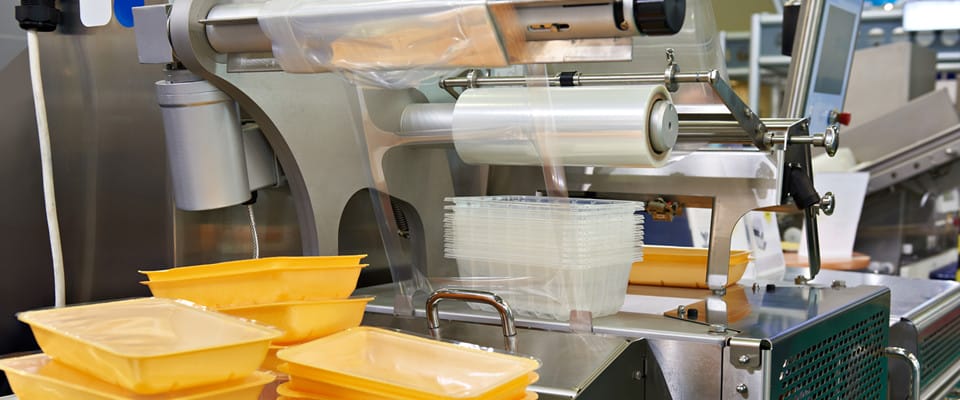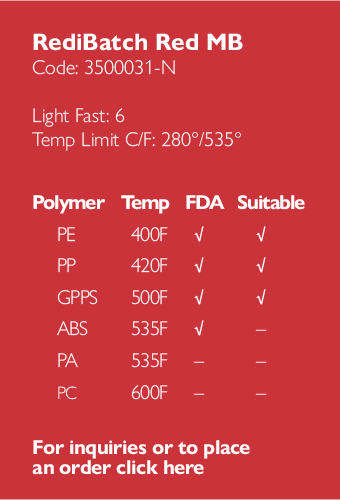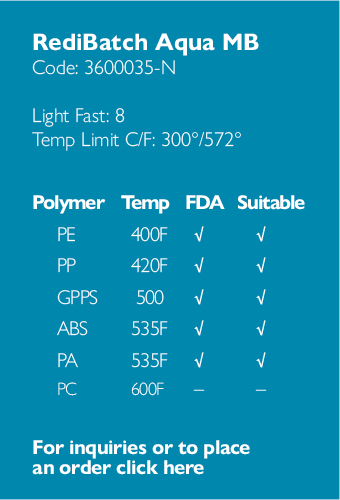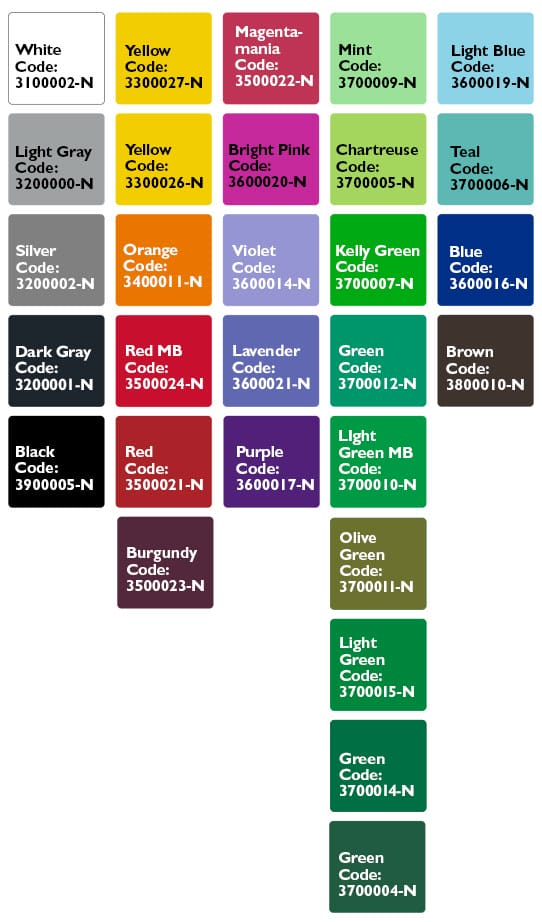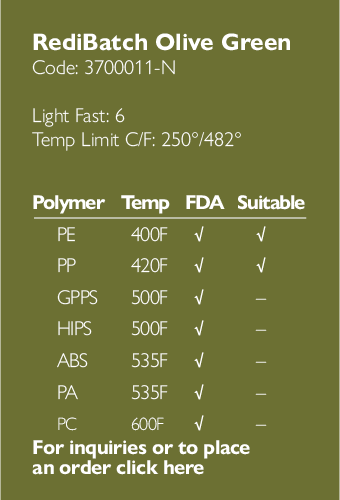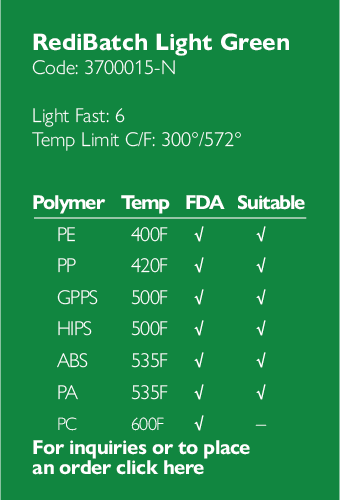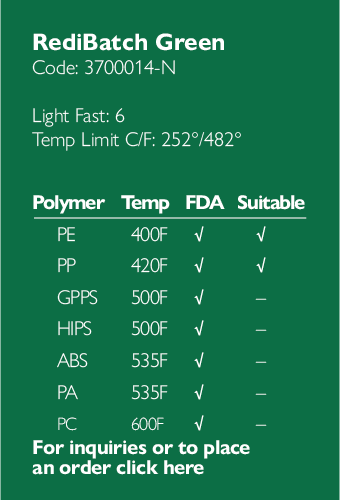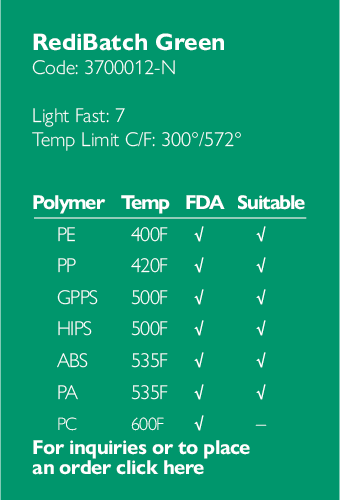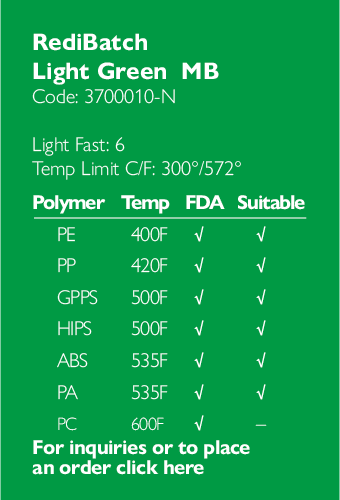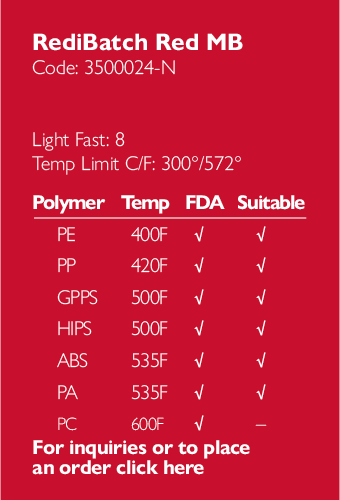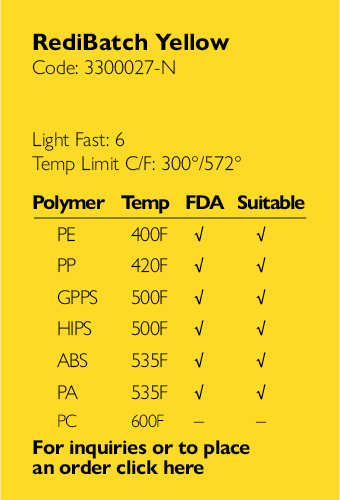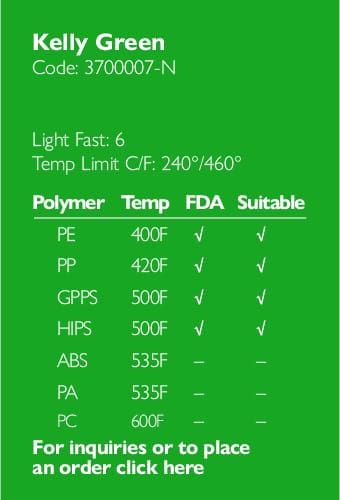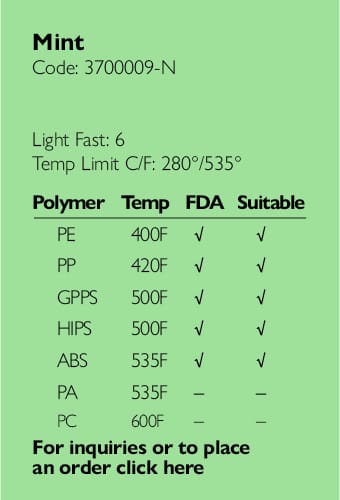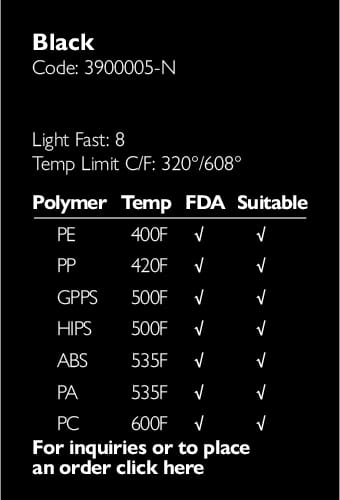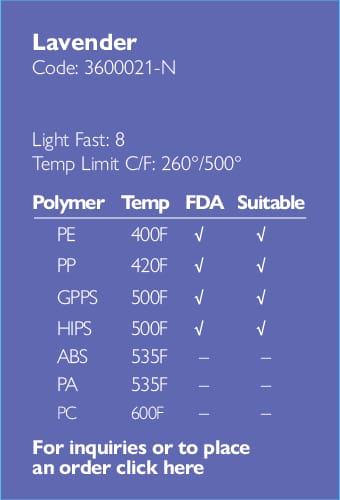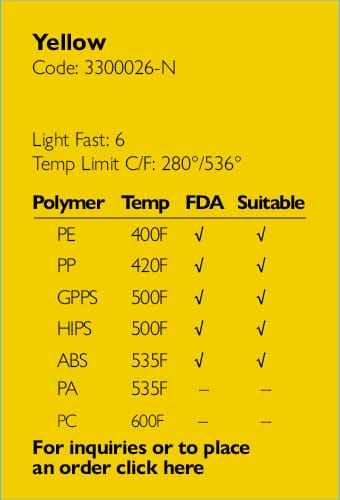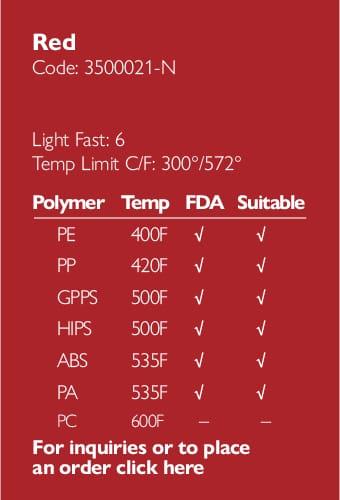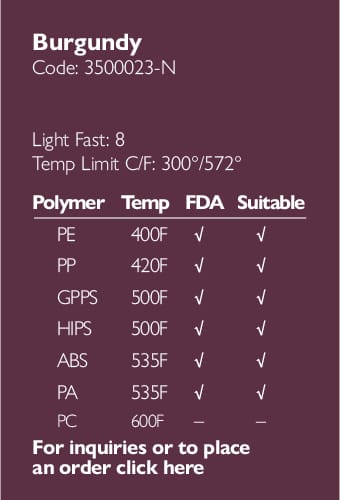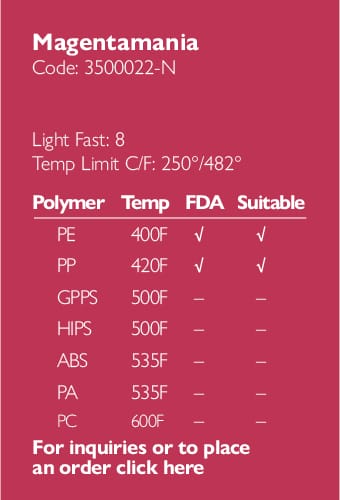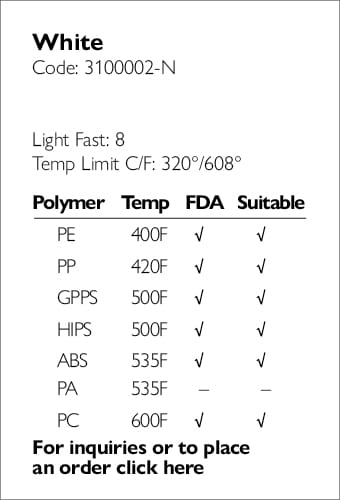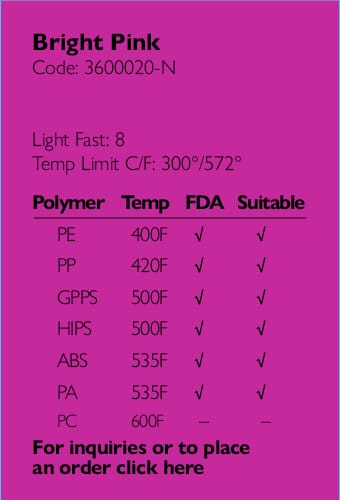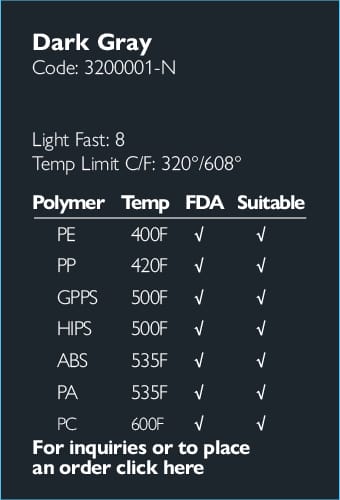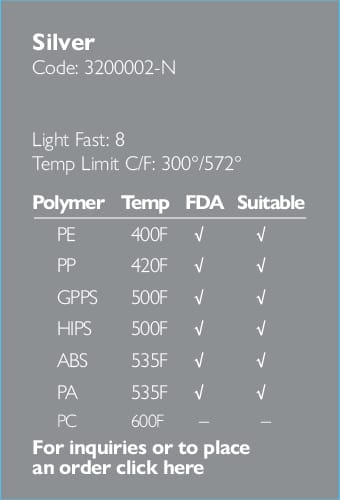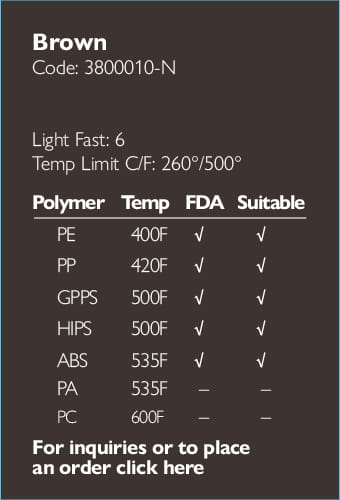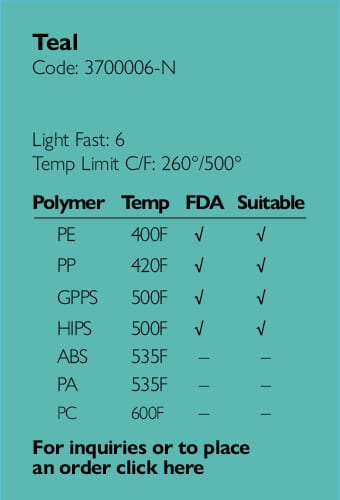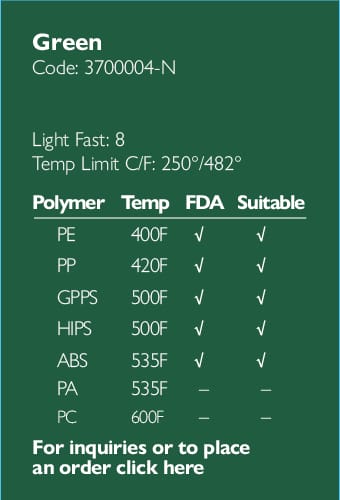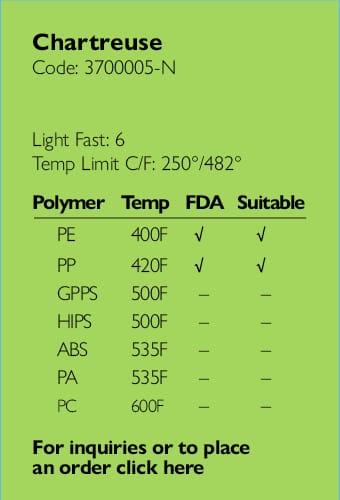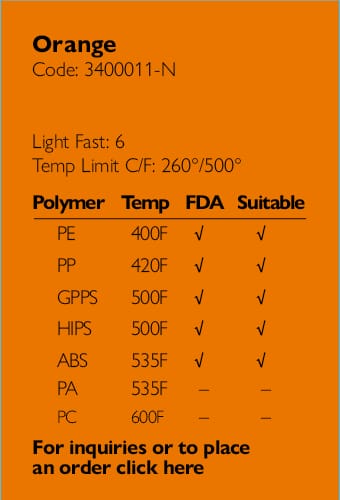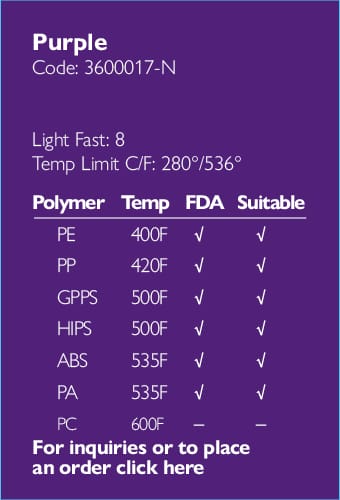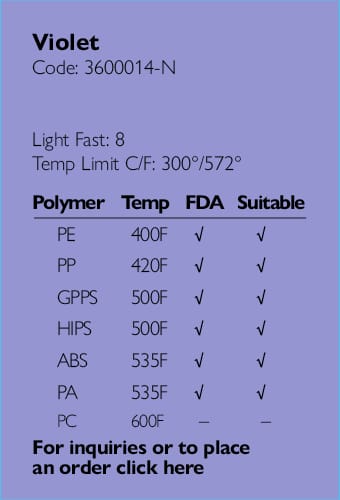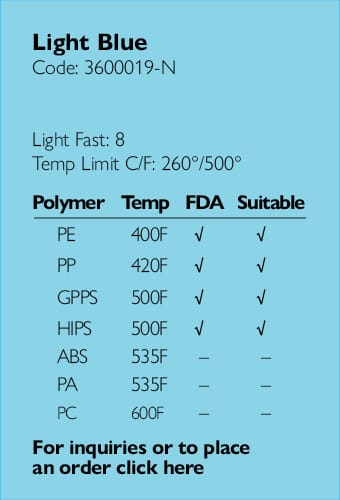Eliminate melt fracture to improve production
Process aids (or PPAs) eliminate melt fracture at a given shear rate, to allow for higher throughput before onset begins again.
Melt fracture is a surface roughness on films, bottles, or other extruded shapes, resulting from a slip/stick action of molten polymer exiting a die. It is most often seen with tougher resins such as LLDPE and HDPE. Melt fracture is often described as “sharkskin,” “orange peel,” or wavy “zig-zags.”
Process Aids:
- Are incompatible with polyolefins and act as a lubricant to allow molten polymers to more easily slide by without alternately sticking and slipping
- Achieve this through a combination of attraction to metal and wiping, in areas where, for example, they see rotating screw flights near the barrel wall or localized high pressures through restrictions such as adapters and dies
- Are fluoropolymers (polymeric compounds containing fluorine) that are sometimes combined or with other materials such as polyethylene glycol or tetrafluoroethylene
- Are frozen into the film or wall. They don’t bloom to the surface once the polymer is in its solid form, and have been shown to not interfere with typical post-extrusion converting processes
- May increase gloss and clarity and reduce haze
- Can reduce die buildup
- Can reduce power requirements
- Are effective at very low levels (ppm) but require some time to take effect
- Can facilitate faster color changeovers
Now Ampacet offers these benefits in a PFAS-Free PPA that is FDA food contact compliant. As regulations using PFAS compounds become more stringent, using Ampacet PFAS-Free helps the planet as well as improving processing performance.
General Guidelines:
- A conditioning period is necessary in order to coat the appropriate extrusion parts. The 20/20 rule is generally recommended. 20% masterbatch for 20 minutes at typical rates is required for conditioning.
- Certain PPA Masterbatches require little preconditioning and are most effective through addition at maintenance levels only.
- 2-4% MB is generally required for a maintenance level. Continuous depletion of P/A occurs either due to abrasion during extrusion or chemical interactions with other components in the recipe.
- 1% MB is a typical level necessary for reduction of die buildup.
For more information on Process Aids, their applications and complete Regulatory Status, please complete the product inquiry form or contact Ampacet or your local Ampacet representative.

